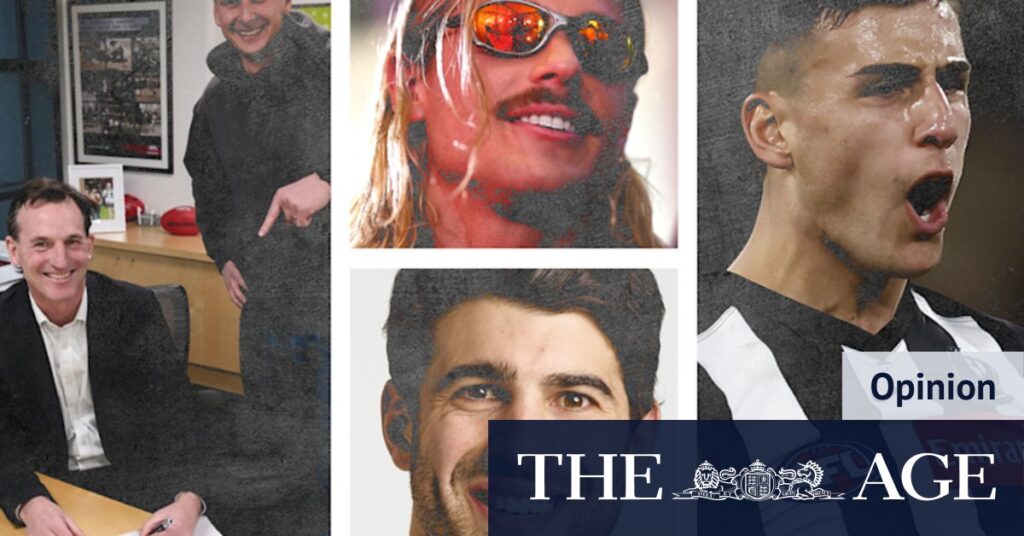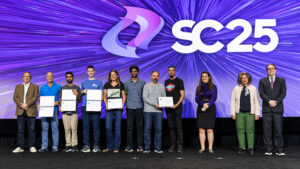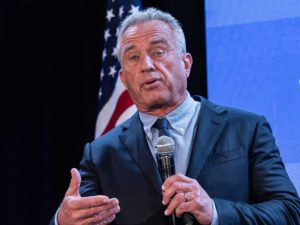
In a significant shift towards digital engagement, the Australian Football League (AFL) is opening its doors to social media influencers, marking a new era in sports media. This move comes as younger fans increasingly turn to online platforms for their sports content, bypassing traditional media channels. The AFL’s collaboration with influencers like former player Dan Gorringe highlights this trend, as fans seek more relatable and personal connections with the game.
The AFL’s embrace of influencers is part of a broader trend seen across various sectors in 2025, where creators and podcasters are gaining unprecedented access and influence. In February, the White House briefed top conservative influencers on significant issues, while in Australia, creators were invited into the Federal budget lock-up, signaling a shift in how information is disseminated and consumed.
The Rise of Digital Influencers in AFL
Unlike the National Rugby League (NRL), which relies heavily on its players and traditional media partners, the AFL is leveraging the reach of social media personalities to connect with its audience. With rising subscription costs for platforms like Kayo and a growing disdain for traditional advertising, young AFL fans are turning to platforms such as TikTok, Instagram, and YouTube for their football content.
These fans are not just looking for highlights but are engaging with content that offers deeper insights and discussions around the game. Influencers like Dan Gorringe, who has amassed nearly a million followers across his social media platforms, are at the forefront of this movement. His podcast, “Dan Does Footy,” ranks as the nation’s 85th biggest, but it is his dynamic online presence that has truly elevated his profile.
Engaging the Second-Screen Generation
Last Saturday, the AFL took a bold step by hosting its first-ever “watchalong” event in collaboration with Dan Does Footy. This live broadcast featured Gorringe and other influencers watching the Collingwood versus Brisbane match, streamed on the AFL’s YouTube account. The event attracted 95,000 views, matching the attendance at the Melbourne Cricket Ground (MCG), and underscored the potential of digital engagement.
The watchalong format is already popular overseas, with the English Premier League’s Sky Sports’ “Saturday Social” blending sport and culture in a similar fashion. This YouTube-first show has become a hit, boasting 5.7 million subscribers and demonstrating the power of social media to democratize sports commentary.
Challenges and Opportunities in the Influencer Era
While the integration of influencers into sports media offers new opportunities, it also presents challenges. The rise of amateur pundits chasing clicks with controversial takes can dilute meaningful discourse. However, the AFL’s move to partner with influencers like Gorringe indicates a recognition of the shifting media landscape and the need to engage younger audiences effectively.
Globally, the trend is gaining traction, with deals like Sky’s one-year broadcast agreement with the Baller League, featuring social media influencers and former Premier League players. Prominent figures like Mark Goldbridge are transforming their platforms into brands, with significant viewership numbers and partnerships with major leagues.
Financial Potential and Future Directions
In Australia, the financial potential of social media stardom is still being explored. Influencers like Gorringe are navigating partnerships with brands like Sportsbet and DoorDash to monetize their platforms. The AFL’s engagement with influencers is a step towards tapping into this potential, aiming to align with the evolving preferences of its audience.
Meanwhile, the Australian Broadcasting Corporation (ABC) is also embracing this trend, seeking influencers for its Creator Program to deliver stories for young audiences. This initiative highlights the growing recognition of the value that digital creators bring to media organizations.
Implications for Traditional Media
The shift towards influencer-driven content raises questions about the future of traditional media. As digital platforms continue to grow in influence, traditional broadcasters like Sky are facing challenges in attracting young, affordable talent. The network’s recent recruitment drive underscores the difficulties in filling vacancies, as it competes with the allure of digital media careers.
Furthermore, the uncertain future of programs like Andrew Bolt’s show on Sky, following his recent heart surgery, exemplifies the changing dynamics in media consumption. As new voices emerge through platforms like YouTube and podcasts, traditional media must adapt to remain relevant.
The AFL’s move to embrace influencers is a strategic response to these shifts, aiming to engage a new generation of fans and ensure the sport’s continued relevance in a rapidly changing media landscape. As the league explores the full potential of digital engagement, it sets a precedent for other sports organizations navigating the influencer age.







